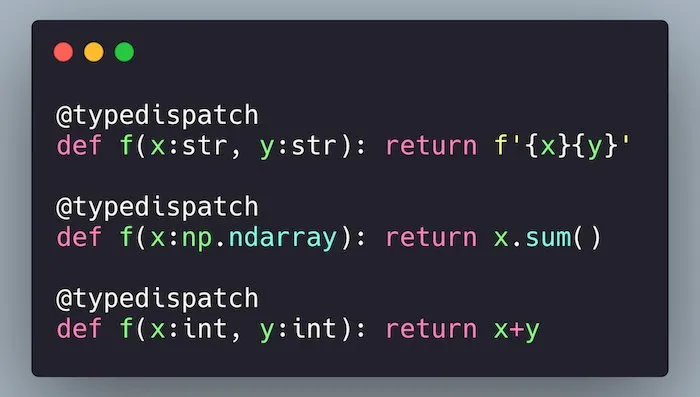In a 2012 article, “The Sexiest Job of the 21st Century,” Harvard Business Review portrayed a vision of data science teams effortlessly creating actionable information from data.
While it’s not quite Baywatch, data science is a dynamic field with great potential to produce valuable insights from an organization’s top strategic asset — the competitive advantage offered by a great data infrastructure.
To help with your data science work, here are** ten undervalued Python skills**. Mastering these capabilities will — dare I say it — make you an even sexier data scientist. Our team balances beauty and brains, all while pushing the limits, saving people in danger, and doing heroic acts. So let’s get started.
#10 — Setting up a virtual environment
A virtual environment sets up an isolated workspace for your Python project. Whether you’re working solo or with collaborators, having a virtual environment is helpful for the following reasons:
- Avoiding package conflicts
- Providing clear line of sight on where packages are being installed
- Ensuring consistency in package version utilized by the project
The use of a virtual environment allows you (and your teammates) to have different dependencies for different projects. Within the virtual environment, you can test install packages without polluting the system install.
Deploying the venv module is seriously helpful for avoiding issues down the line, so don’t skip this step when getting started with your project.
Read more: save space — and avoid installing the same version of multiple packages in different places — by setting up a virtual environment that contains the most commonly used packages for scientific computing. Then share that common environment as a .pth file across project-specific environments.
#data-science
